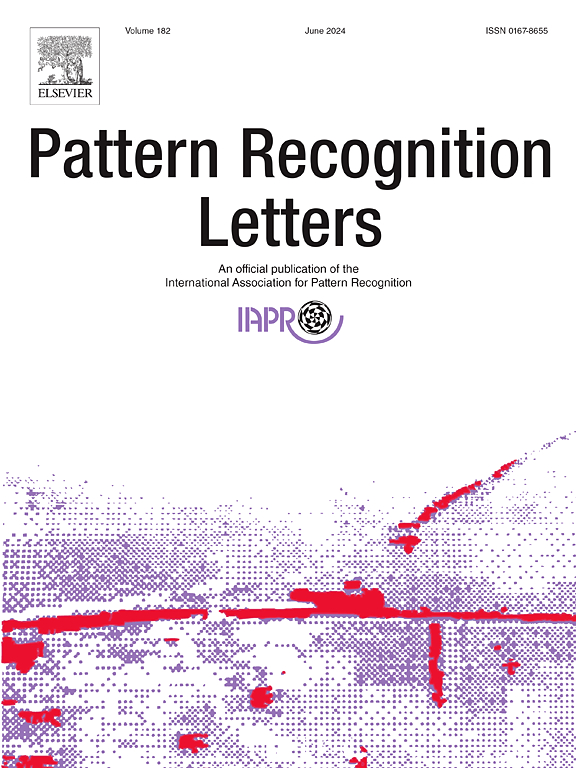Generalized relative neighborhood graph (GRNG) for similarity search
IF 3.9
3区 计算机科学
Q2 COMPUTER SCIENCE, ARTIFICIAL INTELLIGENCE
引用次数: 0
Abstract
A critical factor in graph-based similarity search is the choice of graph that represents the underlying space’s structure. Proximity graphs, such as Relative Neighbor Graphs (RNG), are defined by the neighborhood relations between pairs of points. As a result, computing these graphs typically involves a more computationally intensive trinary operation, making them an order of magnitude more expensive than the widely used -Nearest Neighbors (NN) graph, which relies only on pairwise distances. However, the NN graph often suffers from disconnections and requires manual parameter selection, whereas the RNG better captures the geometry of the space. While several methods have attempted to reduce the computational cost of constructing an RNG, these are usually approximate and lack scalability. This paper introduces an incremental, hierarchical method that employs a novel proximity graph called the Generalized Relative Neighborhood Graph (GRNG). The GRNG organizes a pivot layer that efficiently guides the exact construction of the graph for the subsequent layer. This multi-layer, exact approach to RNG construction represents a significant improvement over existing methods that only produce approximate RNGs.
求助全文
约1分钟内获得全文
求助全文
来源期刊

Pattern Recognition Letters
工程技术-计算机:人工智能
CiteScore
12.40
自引率
5.90%
发文量
287
审稿时长
9.1 months
期刊介绍:
Pattern Recognition Letters aims at rapid publication of concise articles of a broad interest in pattern recognition.
Subject areas include all the current fields of interest represented by the Technical Committees of the International Association of Pattern Recognition, and other developing themes involving learning and recognition.
 求助内容:
求助内容: 应助结果提醒方式:
应助结果提醒方式:


